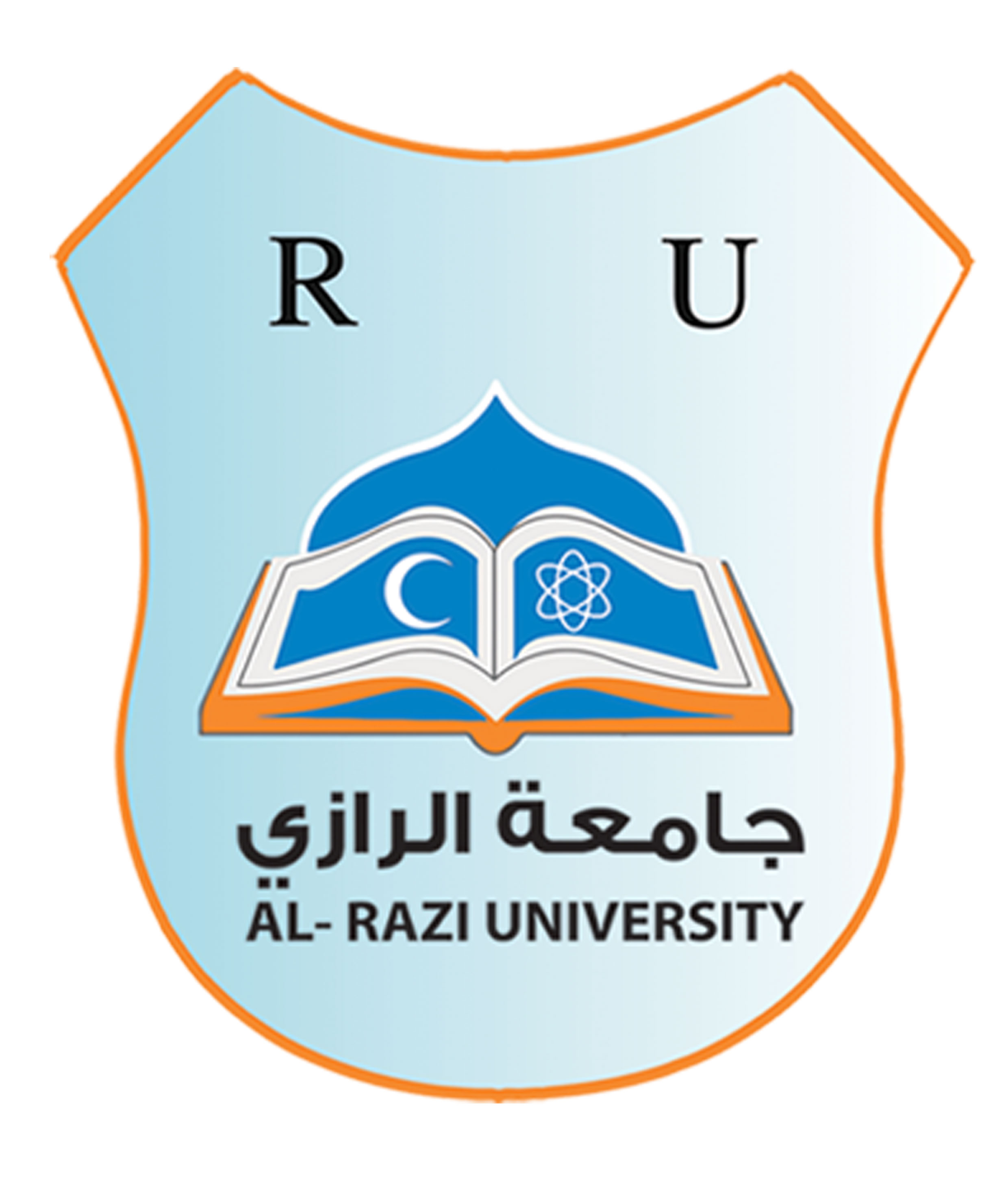A Comparative Study for the Translation Quality of Restricted Collocations in The Old Man and the Sea
الملخص
This research attempts to investigate the quality of translating restricted collocation from English into Arabic throughout the novella The Old Man and the Sea by Ernest Hemingway and its two Arabic translated versions. The first version is translated by Gabriel Whaba and the second one by Munir Baalbaki. This investigation is done through comparing and contrasting analysis of the two Arabic translated versions particularly restricted collocations. The aim of this research is to discuss in depth two points: (1) Comparative and contrastive translation of restricted collocations quality according to the ST intentions and TT acceptability. (2) Types of collocations used in the TTS. It is found that the second translation TT2 is more appropriate than the first one TT1.
In terms of translating restricted collocation, TT1 does not only delete the restricted collocations but also deleted some sentences particularly prayers in Christianity. Munir Baalbaki tends to use figurative collocation effectively presenting his competency in translation of restricted collocations than Gabriel Whaba. Munir uses literary language in his translation and this reflects his educational background of Arab literature and Islamic culture. On the other hand, Gabriel Whaba depends on literal language while translating some collocational expressions and this reflects his scientific educational background in his translation which looks like one plus one equals two.

